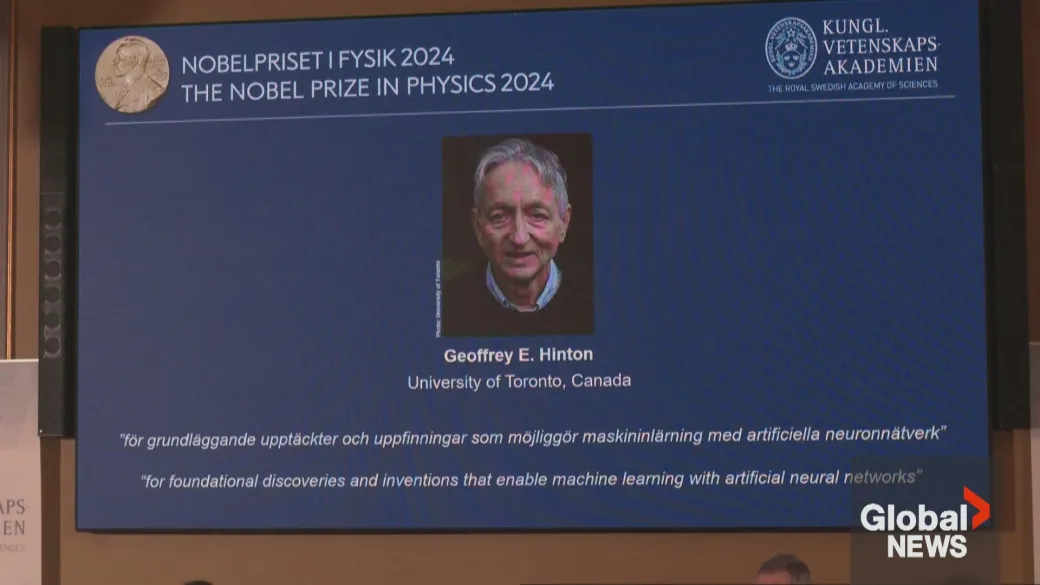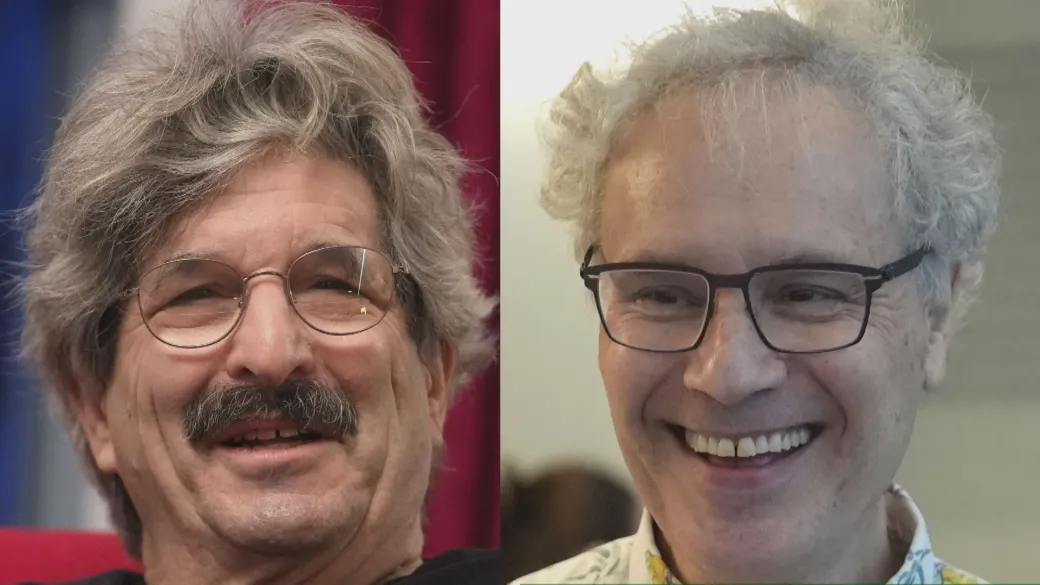
The Nobel Prize in chemistry was awarded Wednesday to David Baker, Demis Hassabis and John Jumper for their breakthrough work predicting and designing the structure of proteins, the building blocks of life.

Heiner Linke, Chair of the Nobel Committee for Chemistry, said the award honored research that made connections between amino acid sequence and protein structure.
“That was actually called a grand challenge in chemistry, and in particular in biochemistry, for decades. So, it’s that breakthrough that gets awarded today,” he said.
Baker works at the University of Washington in Seattle, while Hassabis and Jumper both work at Google Deepmind in London.
Baker designed a new protein in 2003 and his research group has since produced one imaginative protein creation after another, including proteins that can be used as pharmaceuticals, vaccines, nanomaterials and tiny sensors, the Nobel committee said.
“The number of designs that they have, produced and published, and … the variety is absolutely mind blowing. It seems that you can almost construct any type of protein with this technology,” said Professor Johan Åqvist of the Nobel committee.

Hassabis and Jumper created an artificial intelligence model that has been able to predict the structure of virtually all the 200 million proteins that researchers have identified, the committee added.
Linke said scientists had long dreamt of predicting the three-dimensional structure of proteins.
“Four years ago in 2020, Demis Hassabis and John Jumper managed to crack the code. With skillful use of artificial intelligence, they made it possible to predict the complex structure of essentially any known protein in nature,” Linke said.
“Another dream of scientists has been to build new proteins to learn how to use nature’s multi-tool for our own purposes. This is the problem that David Baker solved,” he added. “He developed computational tools that now enable scientists to design spectacular new proteins with entirely novel shapes and functions, opening endless possibilities for the greatest benefit to humankind.”
Last year, the chemistry award went to three scientists for their work on quantum dots — tiny particles just a few nanometers in diameter that can release very bright colored light and whose applications in everyday life include electronics and medical imaging.

Six days of Nobel announcements opened Monday with Americans Victor Ambros and Gary Ruvkun winning the medicine prize. Two founding fathers of machine learning — John Hopfield and Geoffrey Hinton — won the physics prize.
The awards continue with the literature prize on Thursday. The Nobel Peace Prize will be announced Friday and the economics award on Oct. 14.
The prize carries a cash award of 11 million Swedish kronor ($1 million) from a bequest left by the award’s creator, Swedish inventor Alfred Nobel. The laureates are invited to receive their awards at ceremonies on Dec. 10, the anniversary of Nobel’s death.
Corder reported from The Hague, Netherlands.